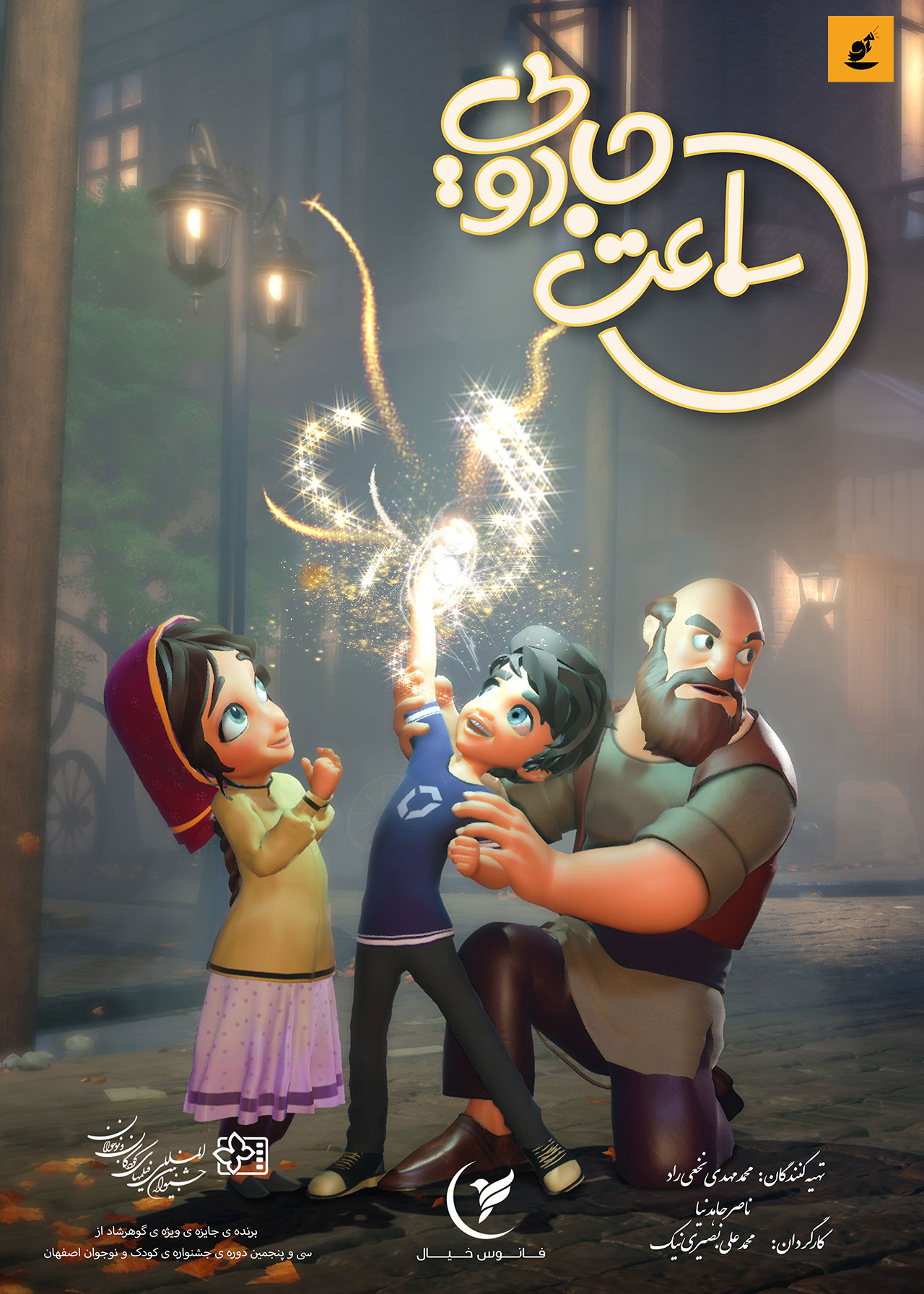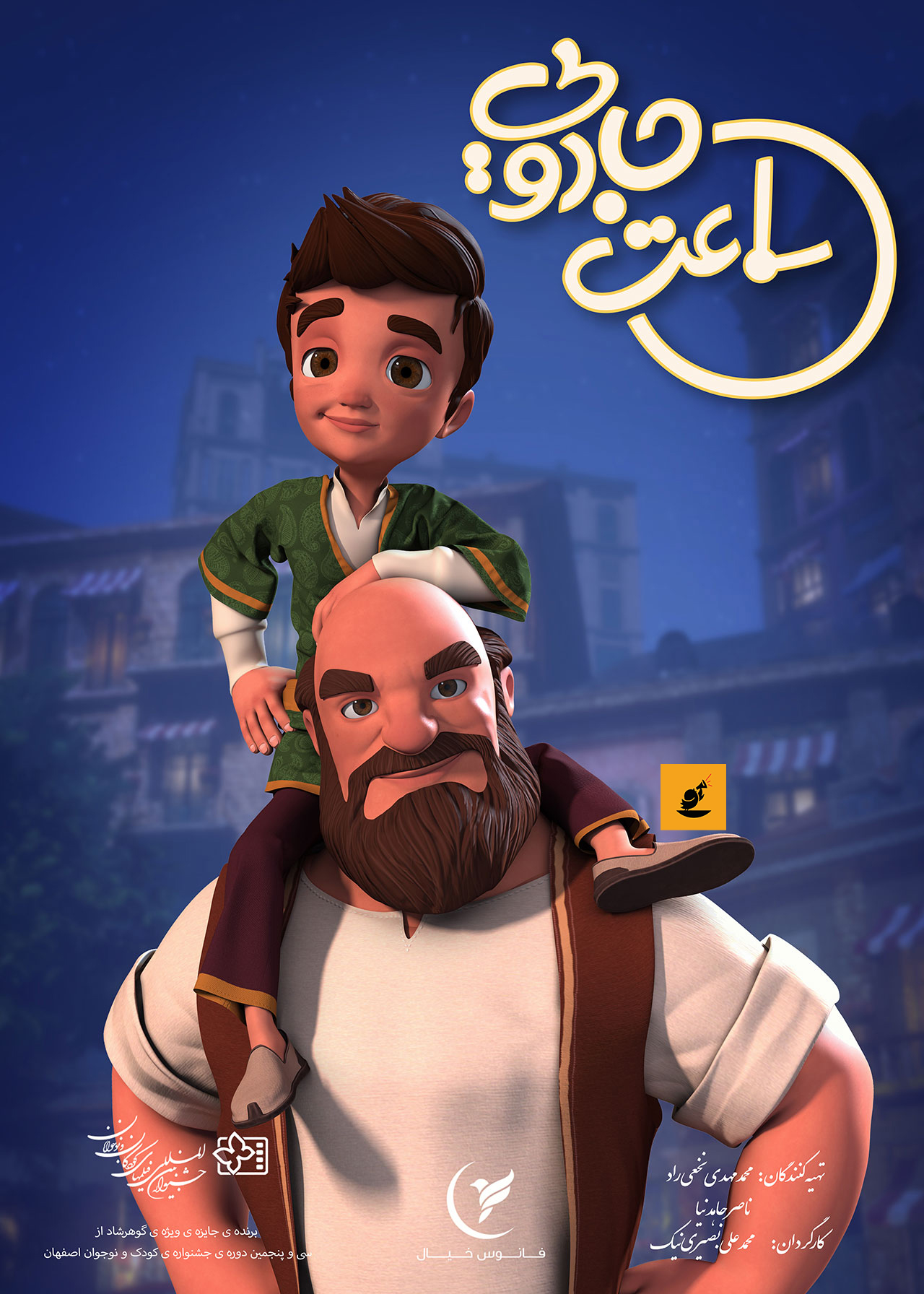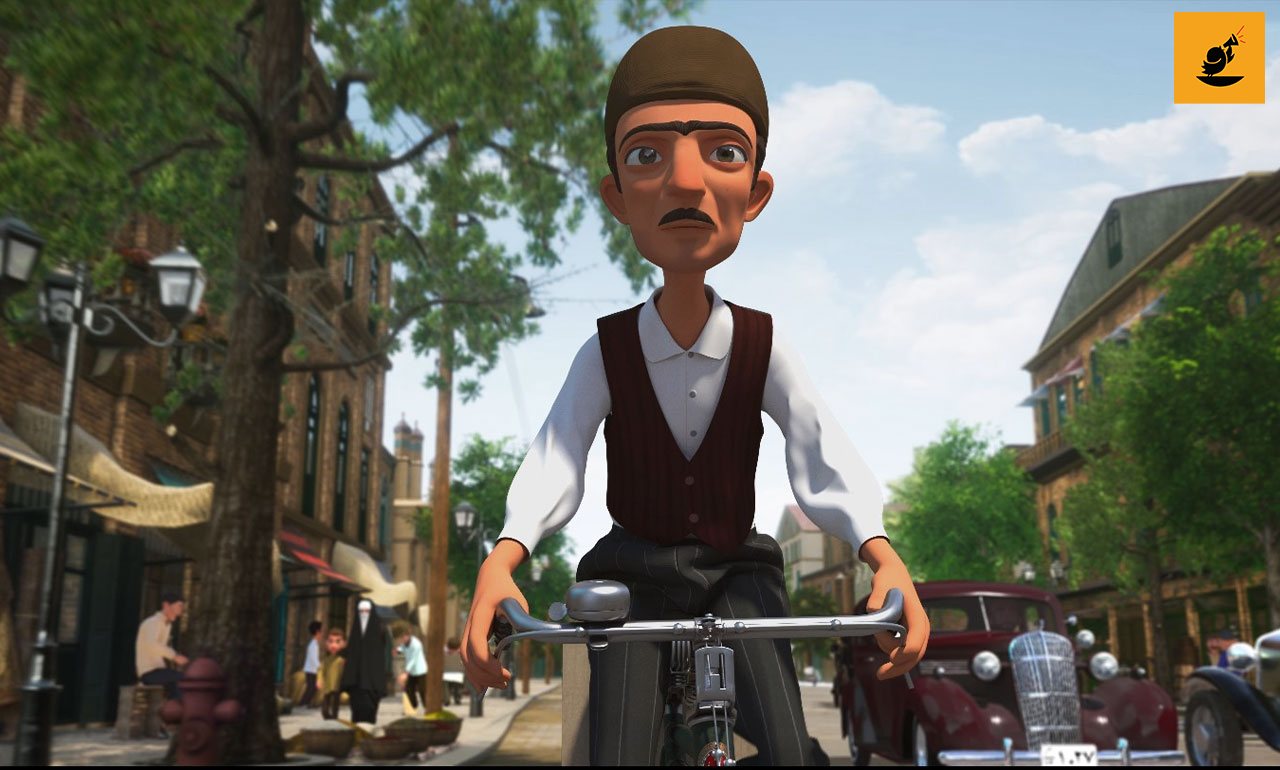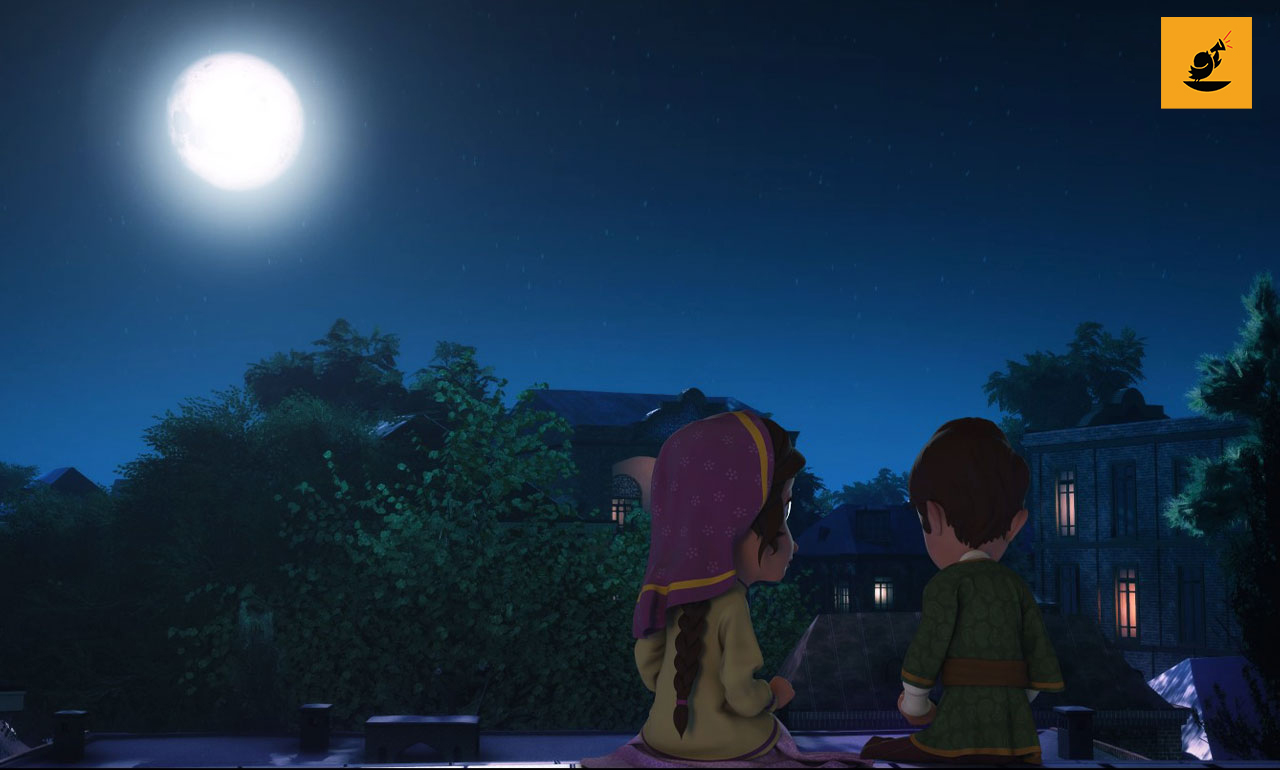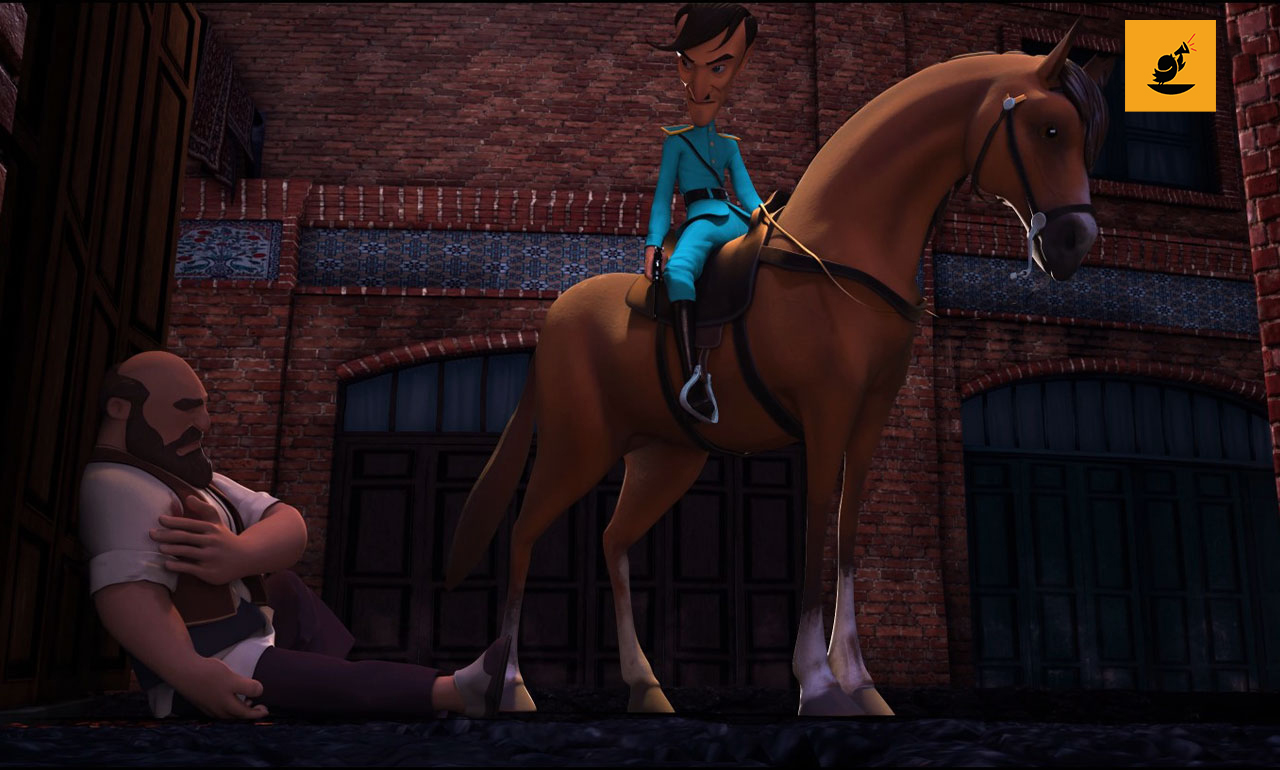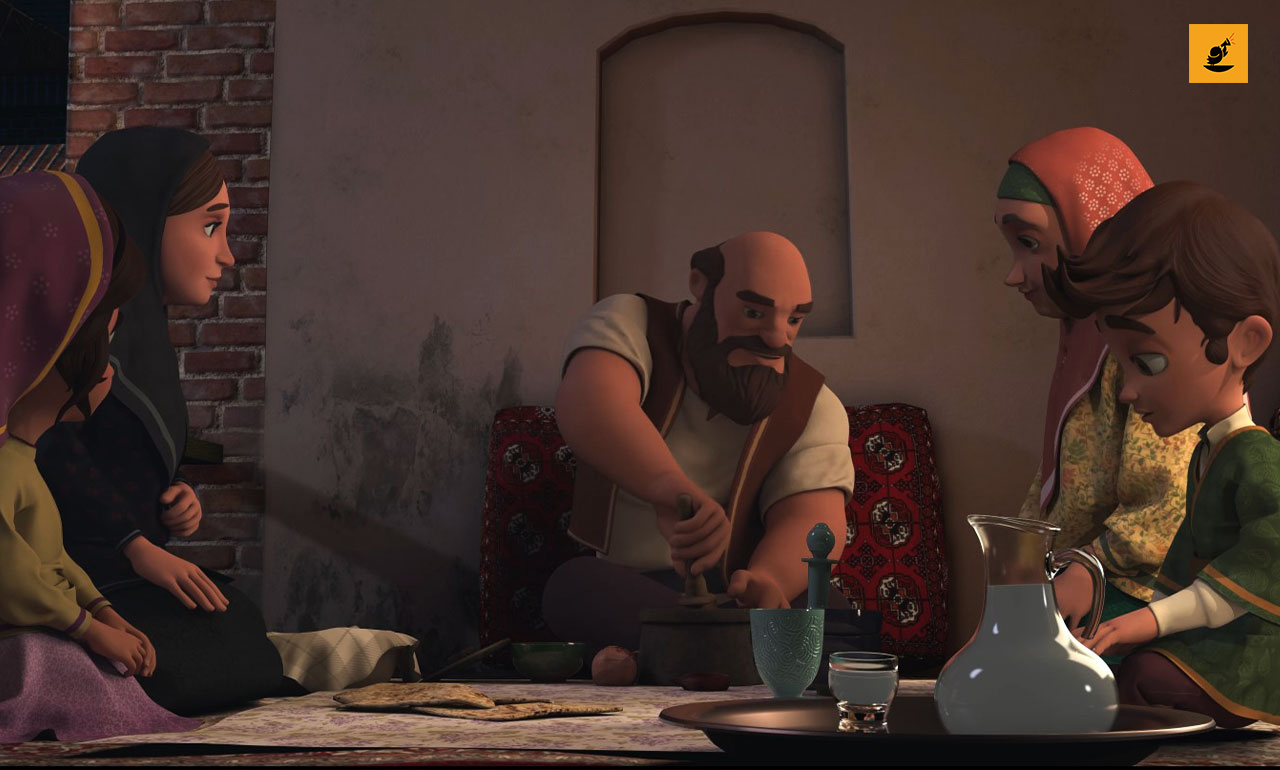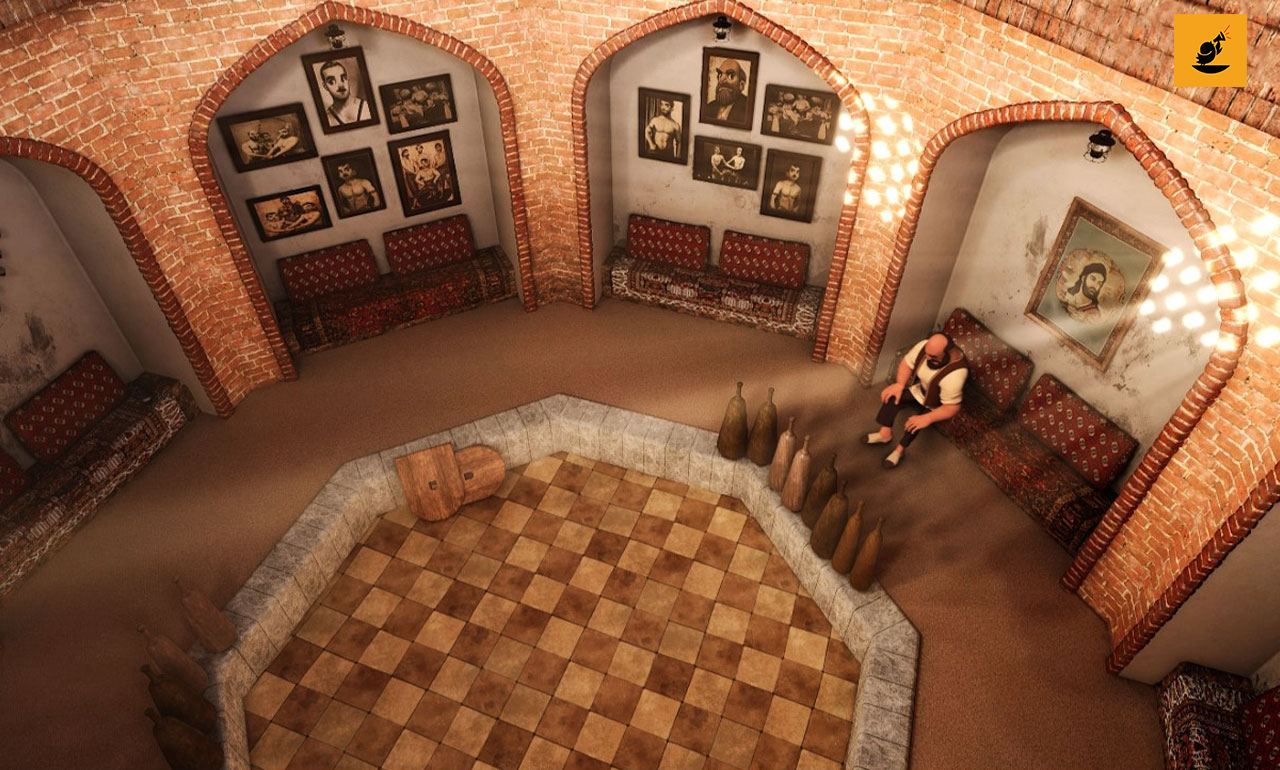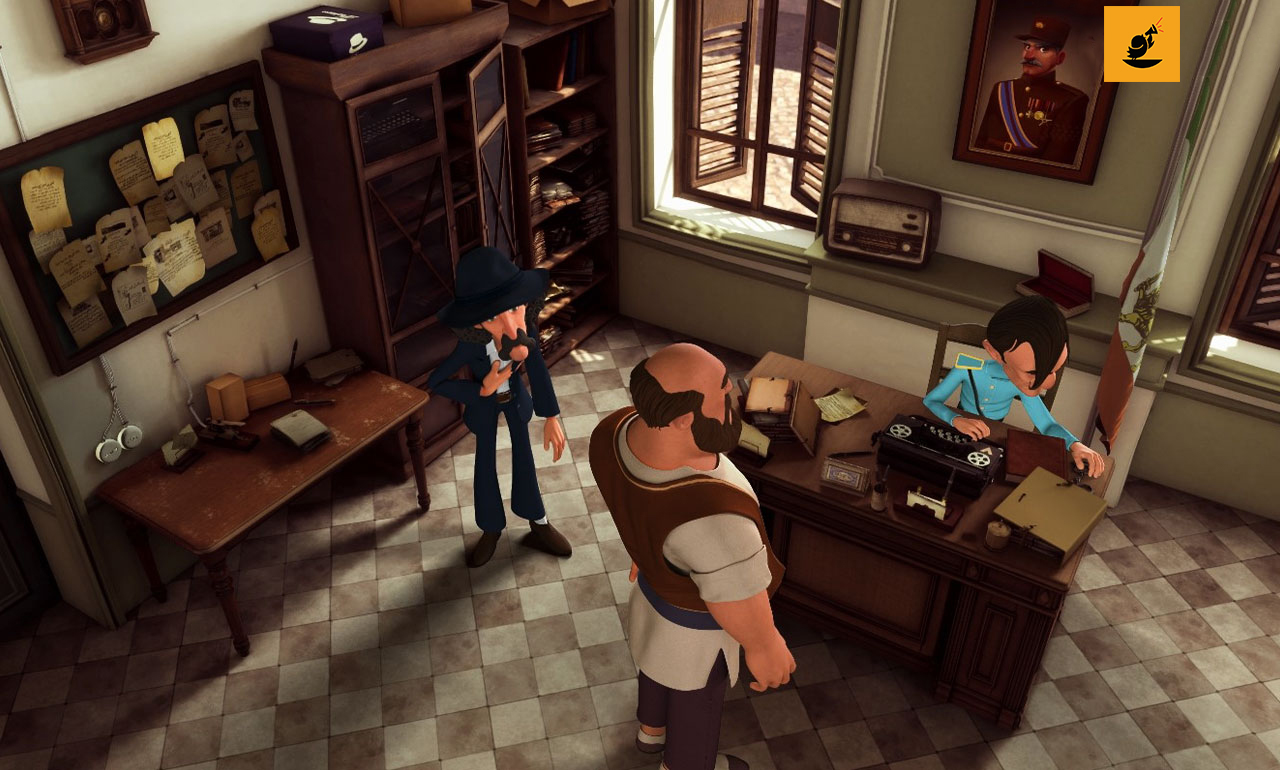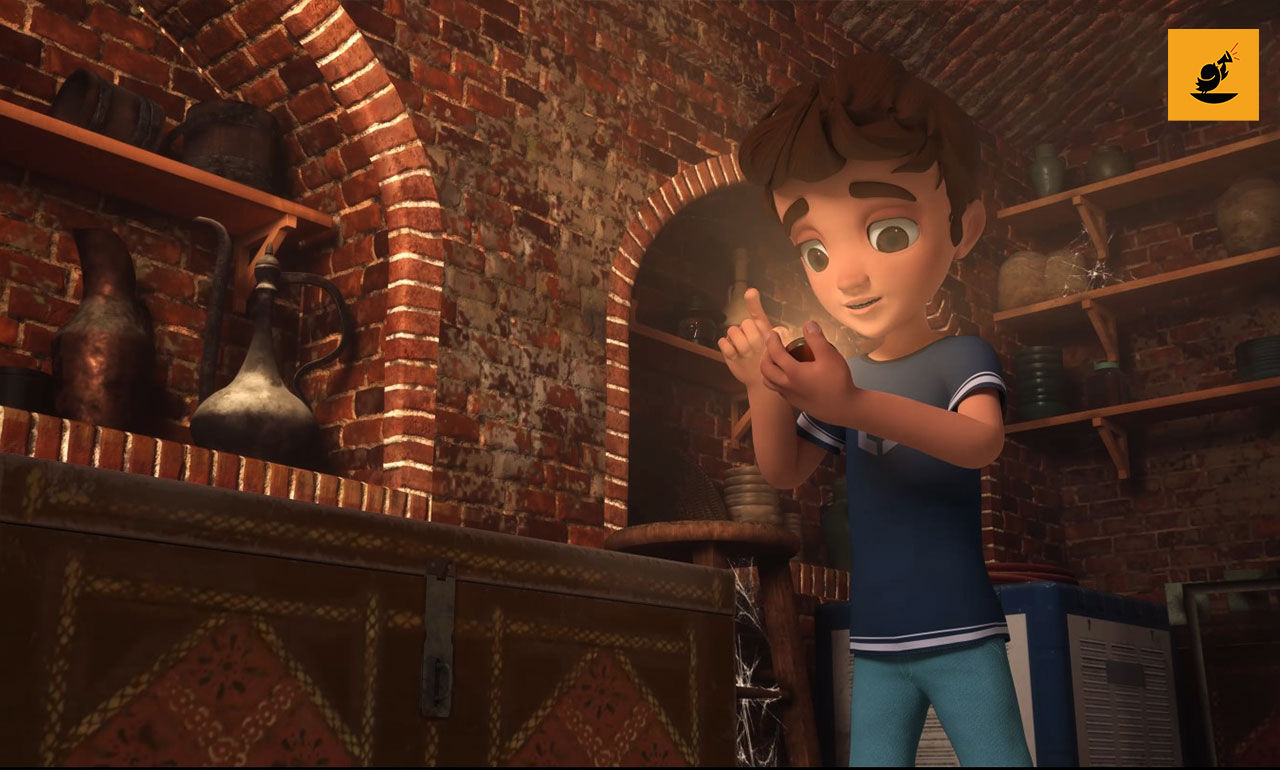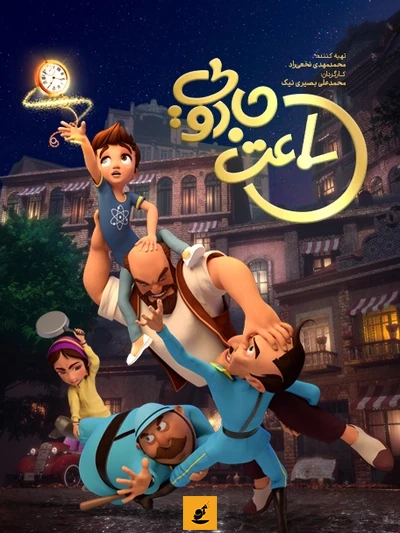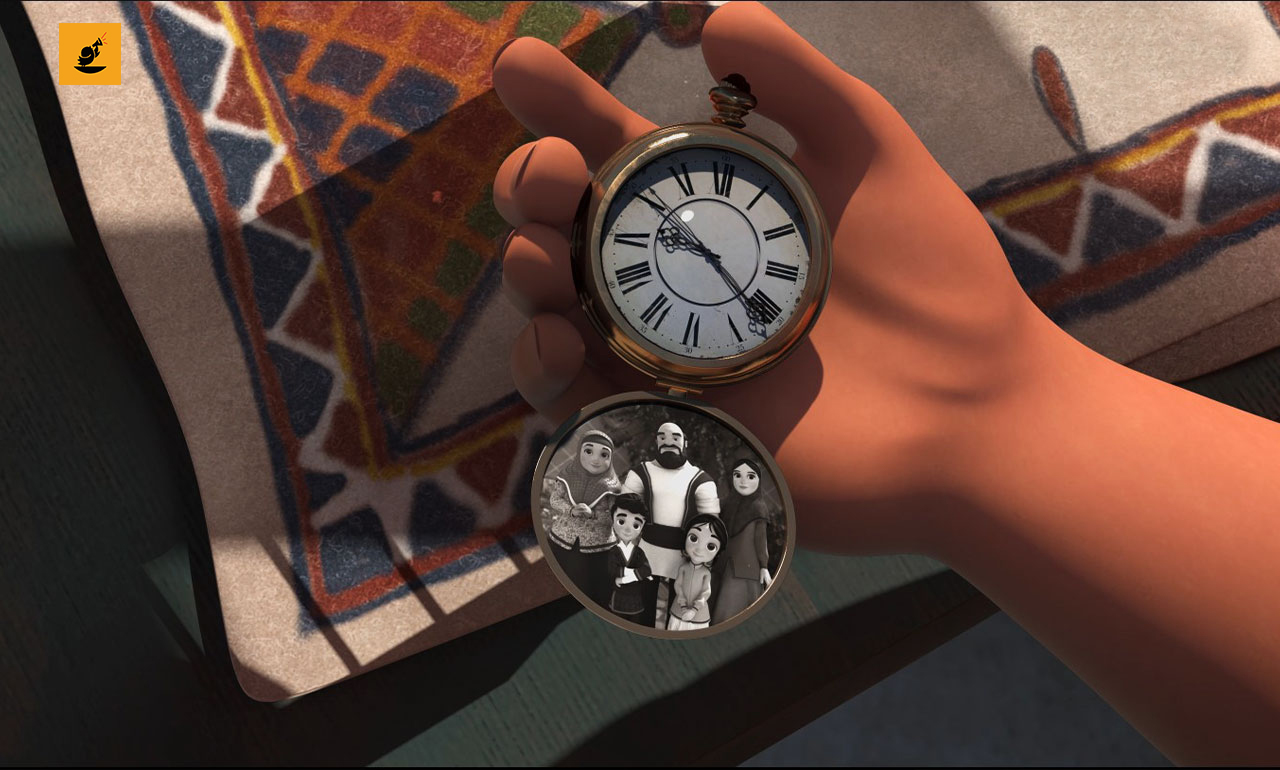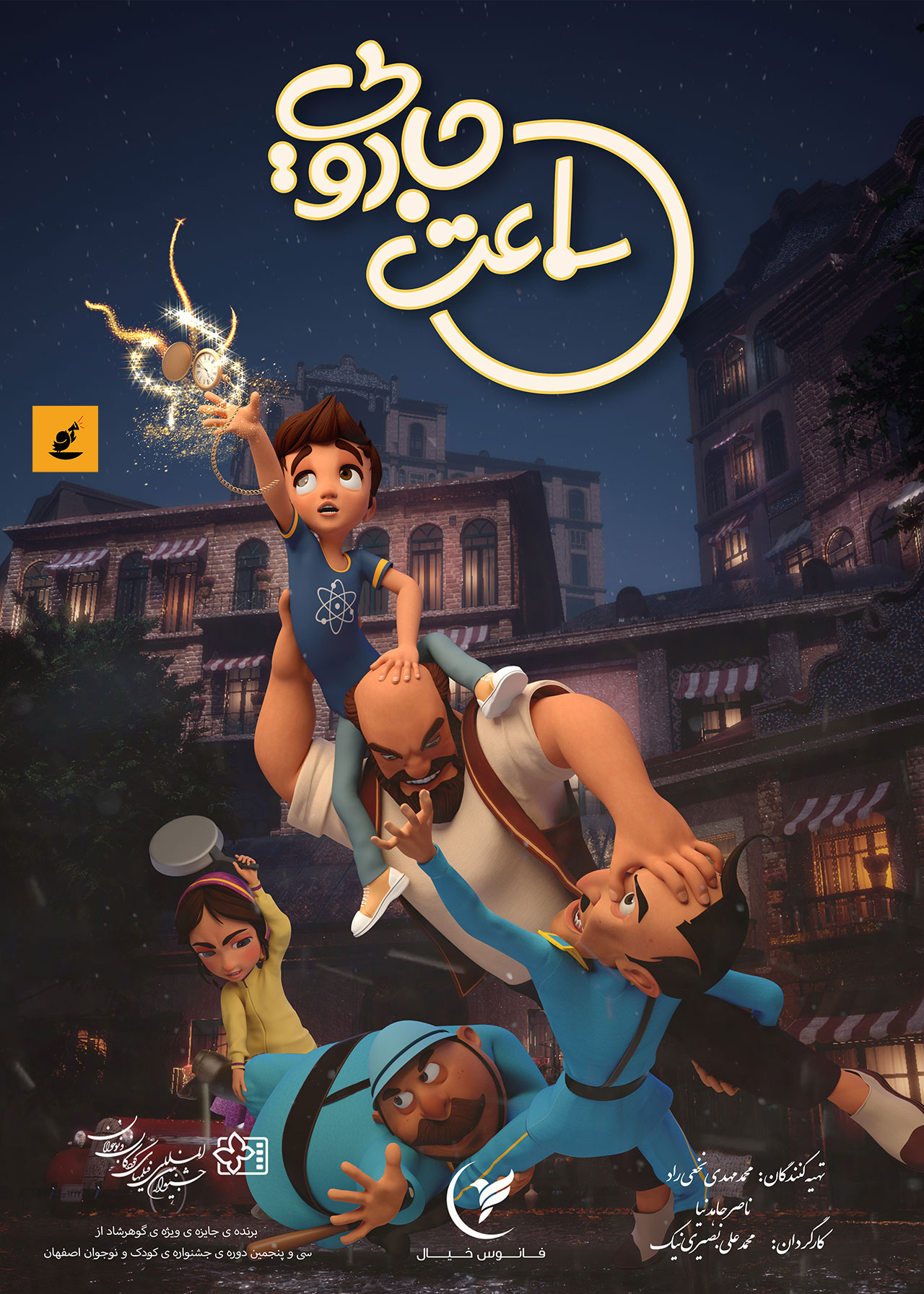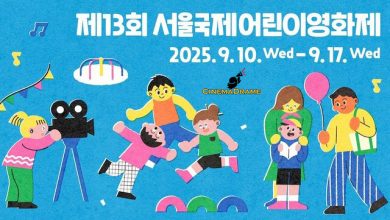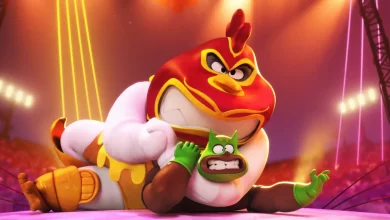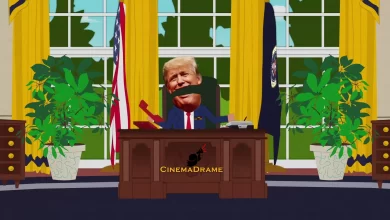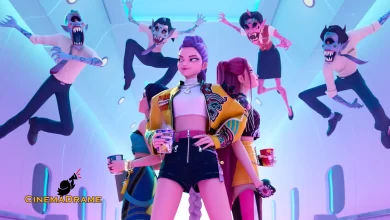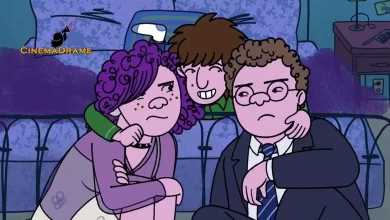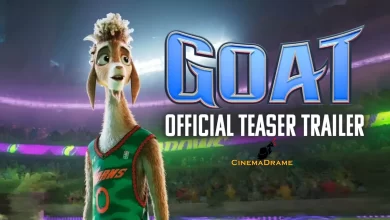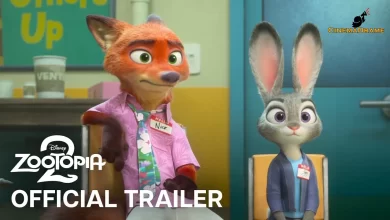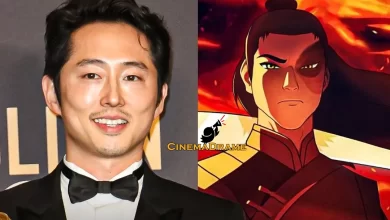Introduction to the animation “The Magic Hour”
The Iranian version of “Time Travel”
Another name for this Iranian animation is “Journey to Darkness”
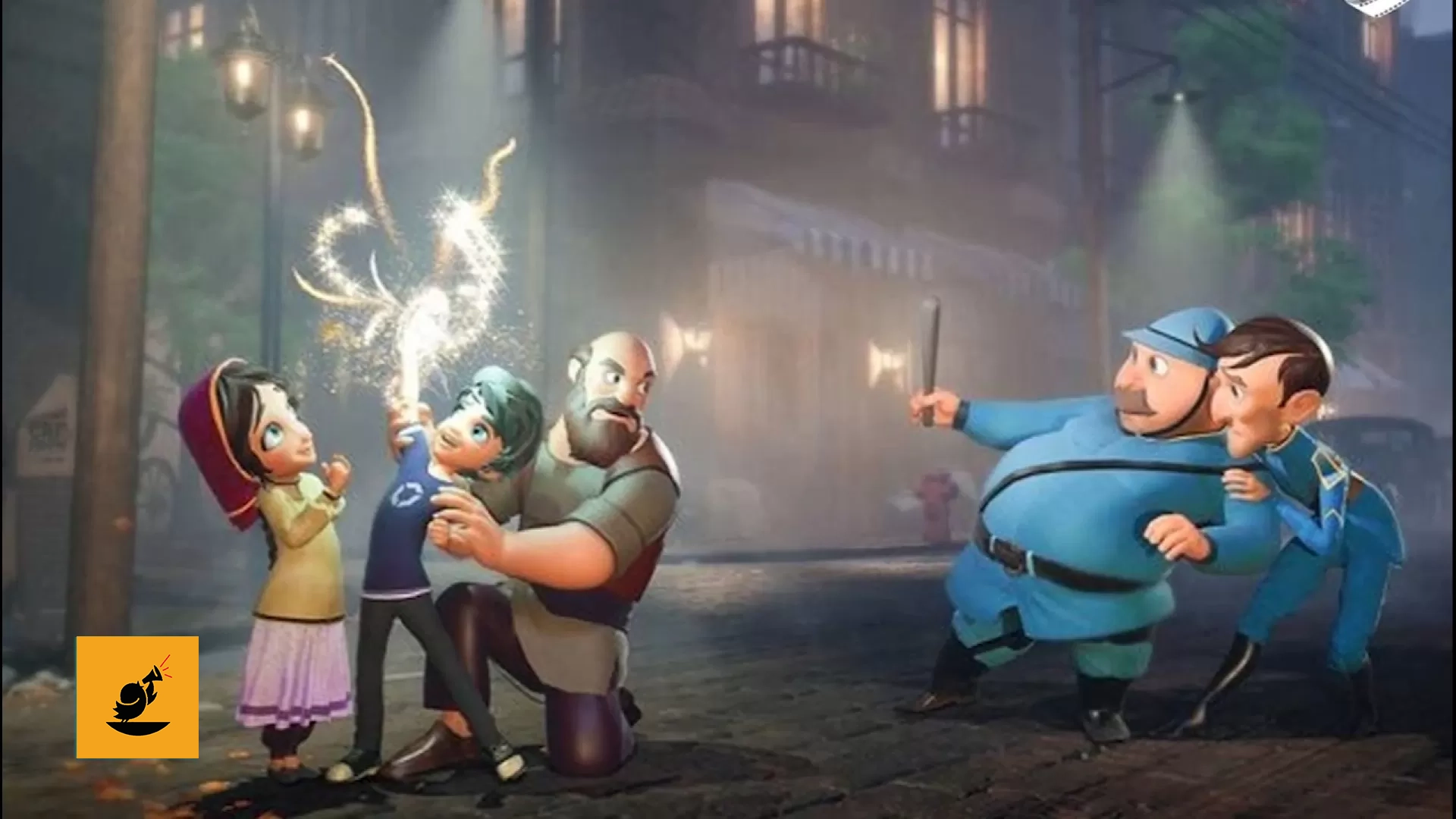
Summary of the story of the animation “The Magic Hour” (Journey to Darkness)
According to cinemadrame, the story of the animation “The Magic Hour” (Journey to Darkness) begins when a young boy, through a gift he receives from his grandfather, manages to travel through time and goes back to his grandmother’s childhood. During this journey, the boy witnesses the family’s traditional craft, felt-making, which was very prosperous in the past. This time travel coincides with the Goharshad Rebellion, and there are references to the culture of clothing during that time. The boy witnesses some of the historical events firsthand.
Immediate review of the animation “The Magic Hour”
Loghman Madayen – Film Critic
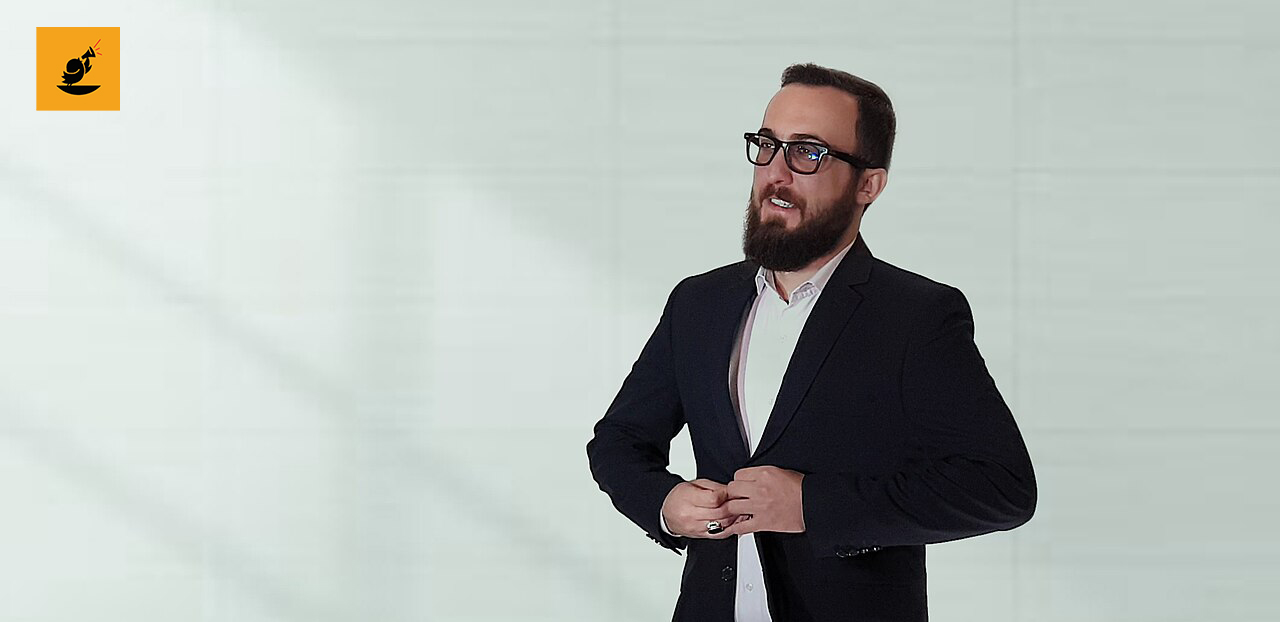
Is “The Magic Hour” an animation or a cartoon?
I didn’t find the animation strong tonight; it was really just a cartoon. Last year, we had “The Clever Kid,” which was more balanced. Despite its weaknesses, it had the potential to reach festivals. However, this work is more suited for a relaxed holiday morning, keeping children occupied while having breakfast.
I have serious criticism of its content. It suddenly drags children into complex political discussions they have no context for, giving them a mental wash. A child doesn’t know the difference between the Shah’s government’s agents and the police of the Islamic Republic. When we teach them to hide our activities from the agents, does that have a positive effect? What impact do you create when you show an agent in police uniform mocking the clergy? Is an artwork in which a mother curses and swears inside its content considered refined? It was full of bad teachings and a disaster!
The story wasn’t captivating in the form of an anime, it didn’t follow the standard, didn’t understand the child audience, and didn’t know how to tell a story.
The special effects were not good; it was good at creating atmosphere but weak and artificial with the characters and the pigeons. Some of the voice acting was good, but their dialogues were too blunt, bombarding the audience with information. It was long and inappropriate, though it had good cartoonish music.
I consider the director weak in terms of the text and the weak character effects, but good in atmosphere creation and voice acting. I don’t know which team was behind this, but I know that even a simple anime has a high budget, and we need to ask ourselves why such a large amount of money is spent on such non-standard works? Will those who approved it in the selection committee be held accountable for such ignorance and tribalism?
(Source: Cinema Etemad)
Creators and makers of the animation “The Magic Hour”
Mohammad Ali Basiri Nik is the director of this animation, and Mohammad Mehdi Nakhaei Rad is its producer.
A few points about the animation
The creators of the animated film “The Magic Hour” (Journey to Darkness) had previously premiered this work at the International Film Festival for Children and Young Adults.
The creators of this animation believe that it is a film that can connect with audiences aged 9 to 15.
“The Magic Hour” was produced in 2019, and its technical process continued in 2020.
Although the creators of “The Magic Hour” (Journey to Darkness) describe this animation as an independent work, the director once mentioned that the production of this work initially began independently but later received support from Hoseiniyeh Honar during the production process.
The creators intend to present this animation as one of the main candidates for the 2024 Nowruz screening.
The Magic Hour, according to the director
Mohammad Ali Basiri Nik | This animation was previously titled “Journey to Darkness” at the Isfahan Children and Young Adults Film Festival, where it won the Goharshad Award in a special section. After deciding to submit this work to the Fajr Festival, based on our analysis, we changed the name of the project, and now it is being screened as “The Magic Hour.” The story of the film is about the historical event of the Goharshad Mosque, which is woven into the main plot of the film. We didn’t aim to impose history on a children’s story; our sole intention was to create an understanding of past events for children. History classes are usually boring for kids, so we tried to tell these historical events to children using the medium of animation and engaging visuals. The film was made using 3D animation techniques, and it includes three musical sections, which are executed in 2D. Overall, however, the story is told in 3D.
The feedback we received at the Isfahan Children and Young Adults Festival was similar to the usual reactions to the works presented at that event. Most festival audiences are interested in watching works appropriate for children, but most accepted works were for an older age group. “The Magic Hour” is suitable for ages over 10, and this age group connected well with the film, but younger audiences did not. They left the film with many questions and confusion. Our approach was to engage a broader range of audiences in the story, so teenage audiences could have an accurate understanding of the film.
At the same time, I believe we didn’t get proper feedback regarding the connection with younger audiences. The work is currently presented as an independent production in the festival. Personally, as an animator, I’m happy about this because it could be the beginning of bigger things in the future. Animation creators deserve such a special section in the Fajr Festival because the number of animated feature films produced in Iran is so small that we can’t yet enter a serious competitive flow. It’s not the case that ten animated films are produced every year, and they all have a chance for screening, which would naturally lead to a competitive atmosphere. Although this competitive flow hasn’t yet formed, the fact that the Fajr Film Festival is focusing on animation and giving it attention is the beginning of a great event, and I am optimistic about its outcome. At this stage, winning an award for our work is not important; what matters is the recognition of the efforts of the people working in the Iranian animation industry. This wheel is moving, and it won’t stop; it cannot be ignored.
Naturally, the main expectation from participating in a competitive process is a fair and professional approach to the works. Thank God, the animation works this year have a good status, and we are seeing four works in the competitive section. Producing four animated feature films in one year is a good thing for Iranian cinema. The increasing number of productions helps create that competitive atmosphere I mentioned, and it can be experienced during the Fajr Festival.
We don’t have high expectations from this event because we know that the Fajr Festival cannot focus solely on animation productions, and the attention it gives to this field is valuable. From now on, whatever result it brings, it’s good. Personally, I don’t have detailed knowledge about the other animated films in this year’s festival, and I only have scattered information from the media. Based on this, I think the animation “Babi” will be one of the notable works at this year’s festival. / In an interview with IRNA
Posters and photos of the animation “The Magic Hour”
